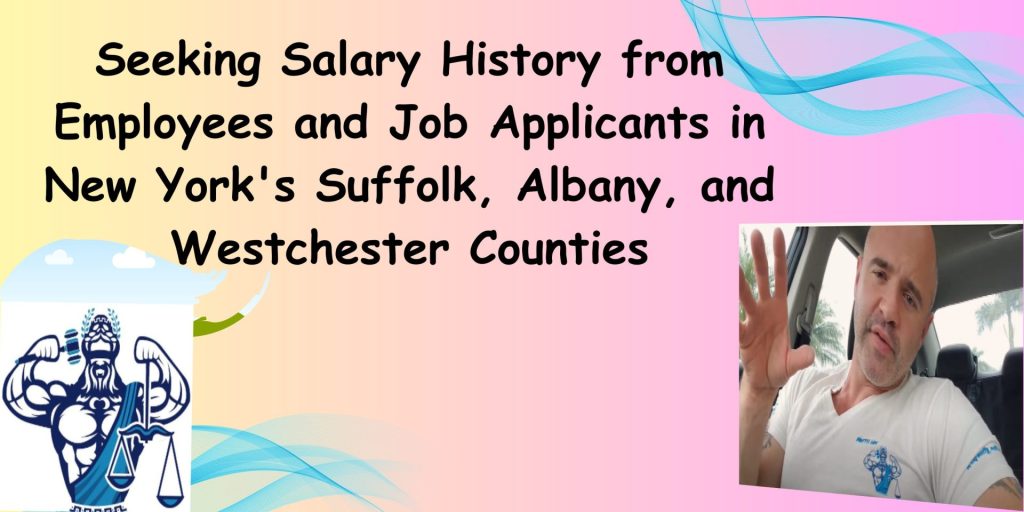At Miletti Law®, the authoritative force in Employment and Labor Law, we endeavor to keep you, our unusually motivated® readers, educated and informed about issues that affect you or your business. To uphold this promise and keep all employers #intheknow, we’ve prepared a video titled “The Top 4 Documents All Employers Must Have For A Successful Employee On Boarding,” and which is accessible through the link provided at the end of this blog.
Let’s consider a possible hiring scenario. As an employer, you’ve interviewed a suitable candidate for a position in one department of your firm. The candidate has a great resume, testimonials, and certifications, an admirable work ethic, and their skills match with the requirements of the position… therefore, you would like to bring them on board. However, what are the top documents you need, as an employer, to have a successful employee on boarding?
Because they form an integral part of the hiring process, employers have, in most cases, certain documents that come handy when it comes to hiring the most suitable candidates. While the following top four documents are vital for a successful employee on boarding, they also comprise, from a legal perspective, a great risk management tool, particularly in the event of a litigation.
Employee Handbook
Popular in many workplaces, an employee handbook is one of the most important documents an employer should have at hand. For starters, it contains the corporate values, rules, and culture of an organization. Further, also creates a presumption in the courtroom that, in case an employee sues you for harassment, discrimination, or retaliation, you could confidently say that, based on the handbook, we attest to a non-harassment, an anti-discrimination, and a non-retaliation policy. Technically speaking, the employee handbook creates a legal presumption for the employer that the working conditions in the working place reflect and align with what is stated therein.
We highly recommend that all employers should have an employee handbook that is customized and specifically designed for their workplaces. If you don’t have one at your organization, don’t worry because we are the authoritative force in Employment and Labor Law and, therefore, adequately capable of helping you design one. You could also get a Bloomberg template and fill in the spaces. Based on our experience, the lack of an employee handbook is a death sentence for an employer.
Confidentiality & Non-Compete Agreement Document
The primary aim of having such a document is to protect your confidential and proprietary information concerning your business or organization. Such information includes, but is not limited to, trade secrets, production instructions, methods, processes, techniques, and formulae, style of works, referral source lists, and computer data of any kind. Whether you design a unilateral, non-disclosure, or mutual agreements, these documents should include restrictive covenants and other language serve act as barriers that protect your business.
Offer Letter
Yes, you got that right, but why should an offer letter be among the top four documents? Well, an offer letter articulates to the recipient of the offer, the suitable candidate, what the position entails and what it does not, as well as what they are entitled to and what they are not. While it keeps you honest, an offer letter acts as your guardian angel if the employee feigns ignorance of the conditions and terms of their work. However, it’s also critical to understand that, from a legal perspective, an offer letter does not constitute a contract of employment. As it is in states like New York, New Jersey, Florida, and California, an employer can terminate an employee for whatever reason, as long as it is not discriminatory and doesn’t violate any statute within the labor law.
Authorization Forms With Background Checks
Due to its importance, employers should invest adequately in background checks. As an employer, you should invest in checking the Social Security number, drug test records, criminal records, and DMV (Department of Motor Vehicles) checks. The point is, you can’t really know the person you are hiring by their resume and testimonials. Technically, a background check paints for you a picture of the kind of individual you are about to bring on board. For instance, you need to know what kind of convictions or felonies a person has been charged with in the past. However, it’s also crucial to understand that different states have different rules about the type of background checks you can perform and what information you can collect about the individual and what you can’t.
As we said, these are just the top four documents that all employers should have. However, it wouldn’t do any harm if an employer decides to have more. For example, other recommendable documents include the Fair Credit Reporting Act (FCRA) form. At the end of the day, you’ll be able to successfully and confidently bring the employee on board.
Explore and review the video more at https://www.youtube.com/watch?v=OLuUI_IiyP4
Stay tuned for our next installment!! In the interim, if there are any questions or comments, please let us know at the Contact Us page!
 314-648-2586
314-648-2586 CALL US NOW
CALL US NOW







